London does art well. Art is public. Art is accessible. Art is temporary. Art sells the city and the city sells art.
Museums in many cities are not accessible due to admission fees. Charging $30 to walk around a museum is a barrier to many people. London has more than a dozen free museums including the British Museum, Museum of Natural History, Victoria & Albert Museum and Museum of London.
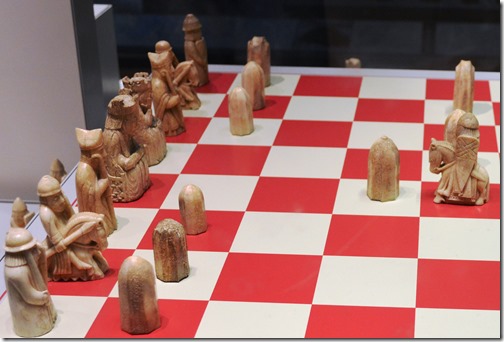
Lewis Chessmen, British Museum are carved from walrus and whale ivory, likely made in Norway AD 1150-1200. These pieces were found on the Isle of Lewis, Scotland, first exhibited in April 1831 and purchased by the British Museum that year where 82 pieces of the 93 piece set reside. 11 pieces are in Museum of Scotland.
The actual Rosetta Stone is displayed in the British Museum; the language rock, not the software, .
There are interesting artifacts in many museums around the world. Even in the USA. London excels with its accessible public art designed to move viewers to visit other locations around the city with art exhibition trails. This is the kind of art that has me wondering about the interface of art and tourism.
Can London teach America art tourism?
Paddington Bear Trails and London Bus Sculpture Trails
Can London teach America art tourism in a sightseeing way of public art entertainment? Outdoor art trails, even if urban street outdoors, promote walking and exercising and seeing places you might only visit for the purpose of seeking out art along an exhibition trail.
The brilliant aspect I see in London tourism marketing is the use of temporary art to draw people to places they might not otherwise visit in the city. Temporary art exhibits showcase urban design and art and promote exercise through different neighborhoods by following a series of trails to visit publicly displayed art. At the end of the art trail exhibit, sculpture pieces are sold, typically with funds donated to charities.
Paddington Trails London showcases 50 bear sculptures around London for the final two months of 2014. The timing obviously coincided with the feature film release of Paddington, a British children’s story series created in 1958 by author Michael Bond. London advertising was abuzz between movie promos and the 50 bear sculptures with loads of media stories about the living UK author, along with celebrities and ordinary people talking about what Paddington Bear meant to them as a child in Great Britain and stories about the Paddington bear sculptures around London.
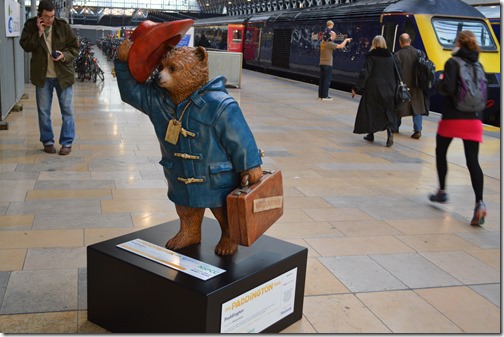
Author Michael Bond created Paddington after buying the sole stuffed bear remaining on a shelf in Selfridges London on Christmas Eve 1956. He published his children’s story Paddington two years later about an orphan bear from Peru who arrives in London as a stowaway on a boat. He is found at Paddington Station Track 8 by a family who adopts him. The tag around his neck reads, “Please look after this bear. Thank you.” The case bears the label “Wanted on Voyage”.
Paddington is an explorer and traveler.
So am I. The only reason I found myself in the Padddington area of London was my desire to follow a trail of art sculptures. In the process of looking for bear sculptures in parts of London, I discovered more of London’s parts and pieces that make up the city.
I didn’t know Paddington in central London is covered with canals and canal boats.
Only a few hundred meters from Little Venice in Paddington are high-tech, high-rise industry buildings looking over the historic canals.
How The Paddington Trail Will Help Children
The lead charity partner of The Paddington Trail is the NSPCC who will be auctioning off the bears with Christie’s, both online and in a live auction in December, with all the proceeds going to the charity. It is hoped that The Paddington Trail and associated activities will raise more than £500,000 for the NSPCC and its ChildLine service.
You can register your interest in the online auction at www.christies.com/paddington.
Walking around London, we kept seeing small London Double Decker bus sculptures. The bus sculptures are part of the Year of the Bus Sculpture Trails in support of the London Transport Museum. Following the display, the artworks will be auctioned to raise funds for three charities: Kids Company, Transaid and London Transport Museum.
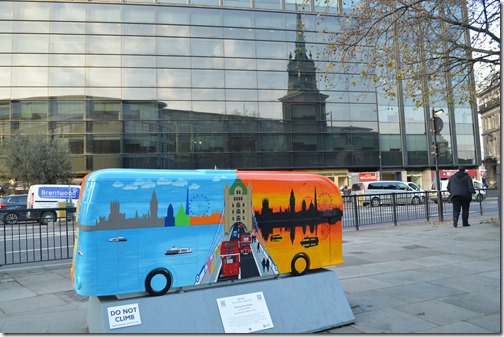
The London bus exhibit has been around most of 2014.
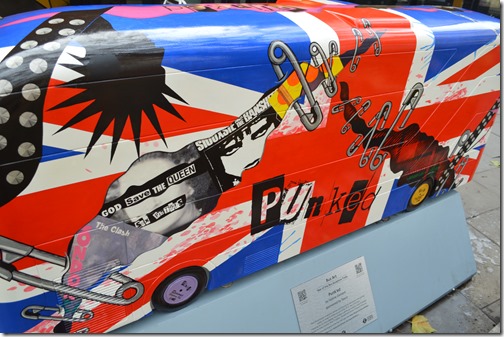
I particularly enjoyed Punk’ed outside St. Paul’s Cathedral.
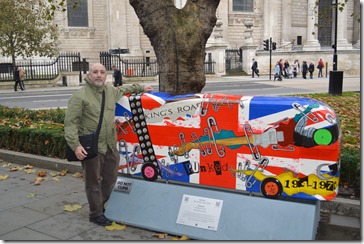


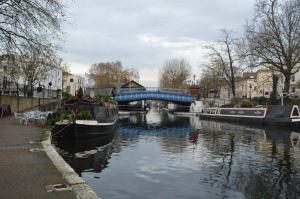
2 Comments
Comments are closed.